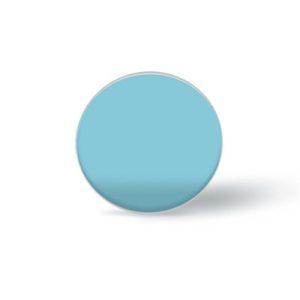The application of narrowband filters in various fields such as aviation, aerospace, national defense, communication, environmental protection, and analytical instruments is also becoming increasingly widespread, and higher performance and stability indicators are also proposed for filters. With the increasingly complex usage environment, narrowband filters will have an impact on the center wavelength and wavelength offset of the filter in temperature and humidity environments.

After being exposed to air, the all dielectric narrow band filter quickly exhibits macroscopic water absorption phenomenon. Firstly, many water absorption spots appear on the surface of the film layer, then gradually expand and connect into one piece, and finally form a uniform water absorption layer. After the water absorption of the film layer reaches a stable level, measuring the transmittance of the filter will reveal that not only does the peak wavelength shift back to the long wavelength, but also the transmittance of the peak wavelength increases.
After multiple studies by engineers, it has been shown that the situation of narrowband filters is more complex when temperature and humidity act simultaneously. After the filter film layer absorbs moisture, the refractive index will decrease as the temperature increases and the film layer loses heat. The impact of this decrease in refractive index is much greater than the increase in geometric thickness caused by temperature rise and thermal expansion of thin film materials, resulting in a shift of the central wavelength towards the short wavelength direction. Therefore, controlling the temperature and humidity environment of the filter film to control the central wavelength of the filter can provide a method to improve the stability of narrowband filters. Firstly, efforts should be made to improve the microstructure of the filter film in terms of technology λ Hand, which eliminates the formation of columnar structures. The aggregation density of the raised film increases with the increase of substrate temperature; Properly increase the substrate temperature and vacuum degree; Effective methods to increase the energy of deposited particles, increase the aggregation density and optical stability of thin films, such as using ion beam assisted deposition to increase deposition energy
Hanzhong Borisun Optics adopts advanced vacuum evaporation equipment, which can improve the surface adhesion of the filter film layer and increase the meticulousness of the film layer. Years of experience in filter production have shown that Nahong’s filters can meet the strict usage environment of customers, achieve the advantages of precise filter center wavelength and small temperature drift. For more filter solutions, please feel free to inquire.



